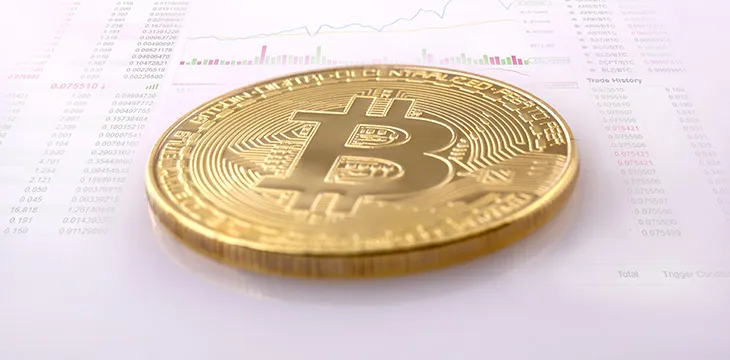|
Getting your Trinity Audio player ready...
|
If the Bitcoin industry is going to be properly regulated, there is going to have to be created a consensus on what terminology is used. Absent this, it will continue to be difficult for global regulatory policies to be created. This is the assertion of the Cambridge Centre for Alternative Finance (CCAF), according to a study it released this past Tuesday.
Cambridge points out that there are terms in the industry that are used interchangeably—and incorrectly—and which have no clear definition. This is making it difficult to create legal policies and regulations, as any variation of legal definitions of certain terms renders the policies useless.
The researchers assert, “A major impediment to the analysis and the formulation of clear policies for the emerging crypto asset and blockchain industry is the lack of clear and common terminology. A variety of terms are used, often interchangeably and without a clear definition. Even the term crypto asset lacks a specific definition; it is widely employed as an umbrella term to refer to digital tokens that are issued and transferred on DLT [distributed ledger technology] systems. However, there is no clear agreement on the definitional boundaries to date.
“The terms crypto asset and token can have different meanings depending on the context in which they are used. Regulators therefore face several challenges: first, to understand the nuances of the different terms, second, to identify the terminology most suitable for their regulatory objectives, and finally to define the terminology clearly and ensure it is used consistently in official statements.”
Cambridge offers three major contexts for how crypto assets are defined. It states that, in a broad sense, crypto asset refers to a digital token that is issued and distributed on a blockchain. It is also defined as a digital token on the blockchain with open access and which doesn’t perform a particular function. The last definition covers digital tokens on an open DLT system, through which the tokens have a specific and essential role.
In order to overcome these difficulties, regulators and lawmakers must first grasp the concept of digital currency and then understand how different terms are used in different situations. From there, the regulators can adapt their language to suit objectives and global regulations can be implemented.
There is still a lot of work to be done for any global regulatory framework to be created. Cambridge explains, “Cryptoasset-related products and services are becoming increasingly sophisticated as they rapidly evolve and scale. These innovations may increase access to finance, lower transaction costs, as well as improve market efficiency and customer experience. However, these activities also engender risks. Regulators in both developed and developing economies are getting to grips with the regulatory challenges raised by these activities, including the need to balance the benefits of innovation with other regulatory objectives such as financial stability and integrity, and consumer and investor protection.”
The study further asserts, “Regulators have often acted on their concerns; a number of regulatory agencies have issued warnings to investors and consumers, conducted enforcement actions, developed guidance or enacted laws to provide regulatory clarity and mitigate against risks. However, regulatory responses in the cryptoasset landscape have been far from homogenous across jurisdictions.”

 08-13-2025
08-13-2025 





